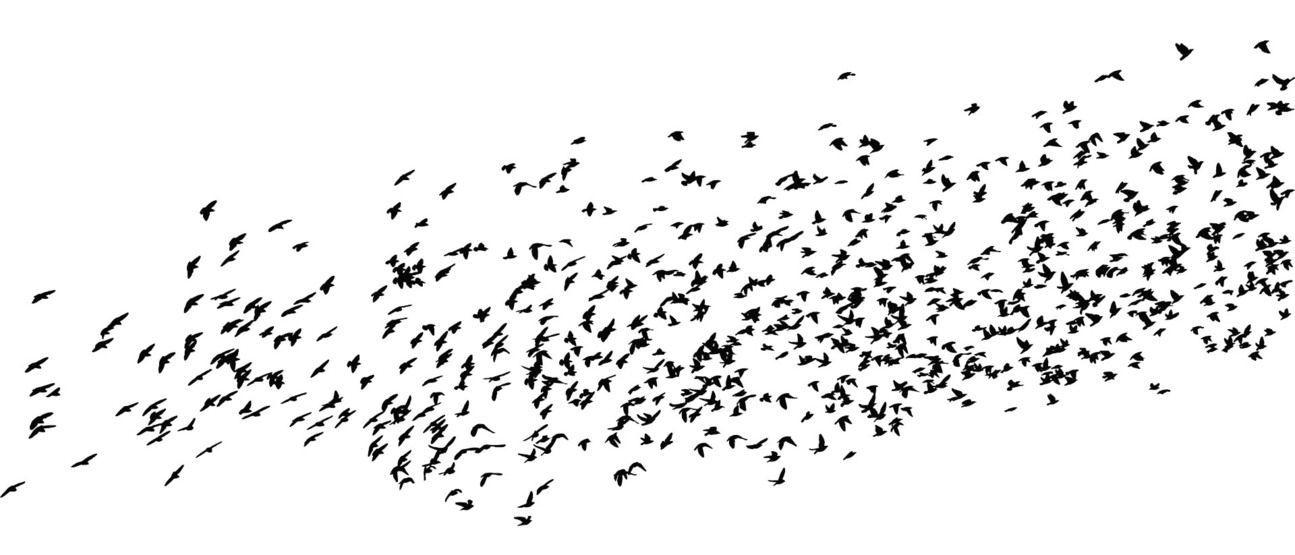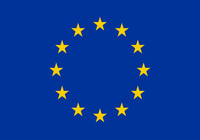Juhee Bae
School of Informatics


The complex interactions among socio-demographic, climatic, economic environments, and possibly legal/institutional situations involve many factors that can influence patterns of population dynamics. In this project, we plan to resolve the limitation of machine learning by providing an explainable predictive model that allows users to try out ‘what-if’ scenarios by adding interactive input at a specific point in the time-series.
For example, how does population movement change and at what rate when temperature is too low or high? The model reveals the influencing factors of a certain pattern and factors that are affected by user input/interruption. Moreover, we plan to share the procedures for how to create the data based on what is provided online and disseminate interesting findings for the stakeholders related to migration impacts.
The analyses are considered to be explorative but can dramatically enhance our knowledge of global migration patterns and their economic, social and political impact.
In order to increase understandability and ultimately gain user trust in the system, the system needs to reveal and explain the black-box while incorporating user feedback. Many researchers find that combining the strengths of human knowledge and machine learning is very useful and users are better able to learn the system and model effectively if they can interactively communicate with the system without needing to learn the algorithmic details.
We plan to allow users to manipulate features in order to better understand the factors and patterns of population changes. In general, it is important in visual analytics to decide upon and involve users, data, and tasks.
We have found that previous studies in the field have used artificial neural networks, support vector regression, and recurrent neural networks with the time-series data. Understanding the patterns of population dynamics involves mining the emerging factors, discovering the repeating sub-patterns, and finding factors that best correlate based on time and space. Our model will be compared to existing neural network methods and verify our results with benchmark databases.
This project has received funding from the European Union’s Horizon 2020 research and innovation programme under the Marie Skłodowska-Curie grant agreement No 754412.



